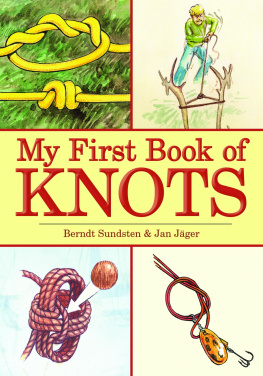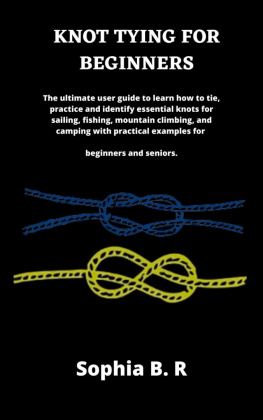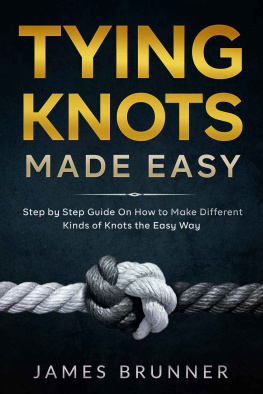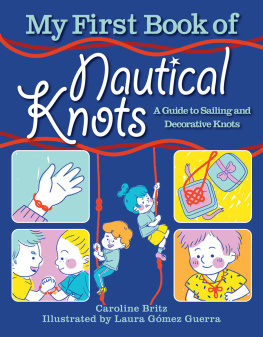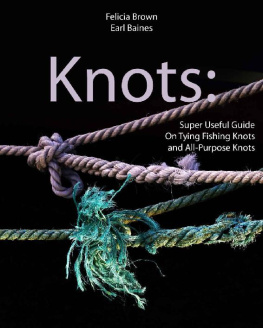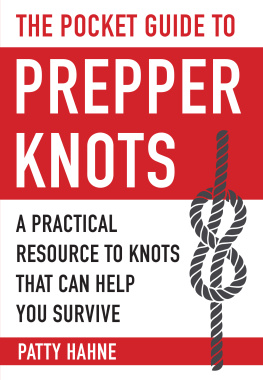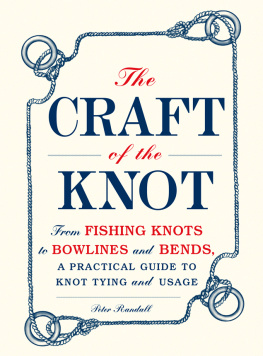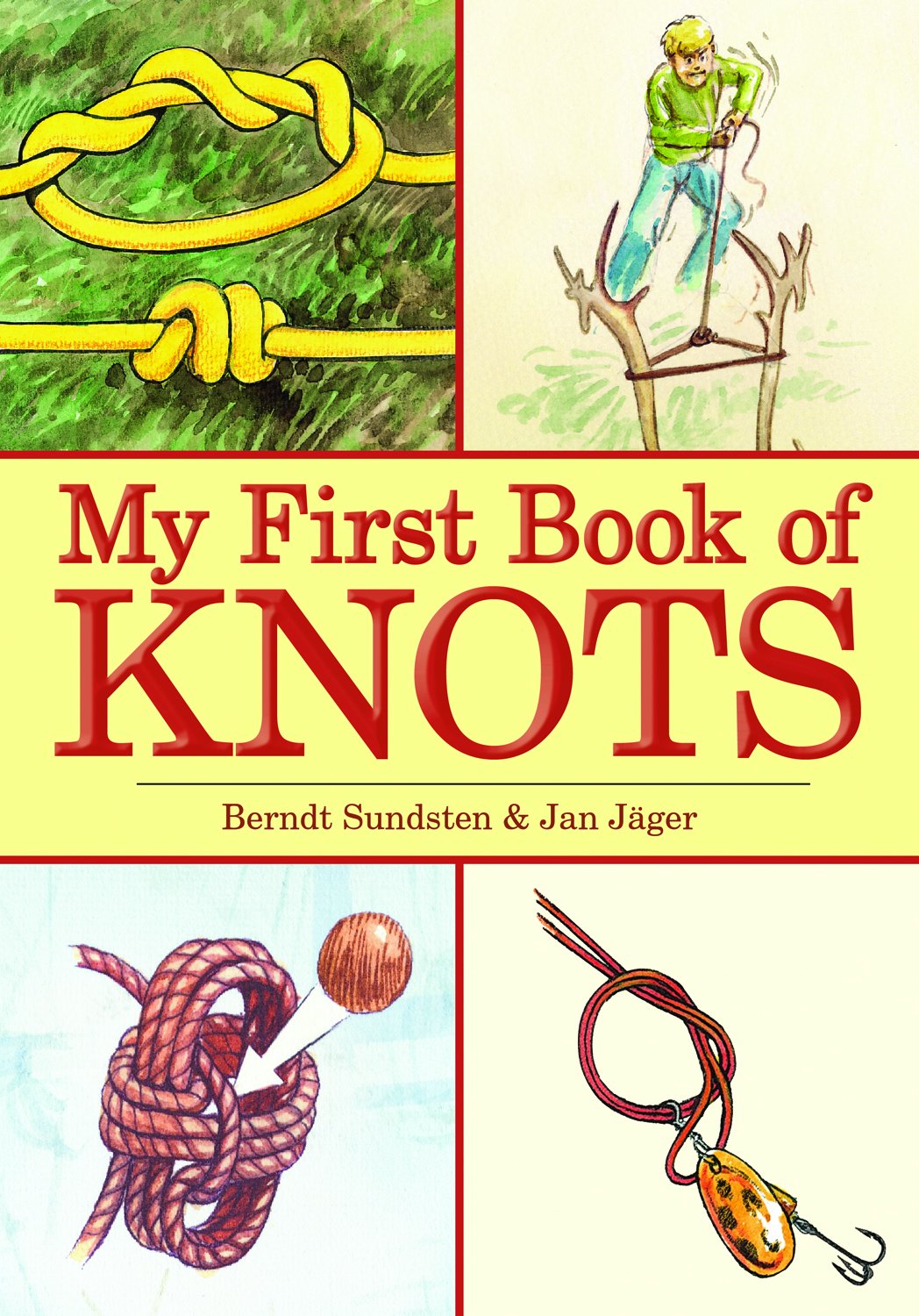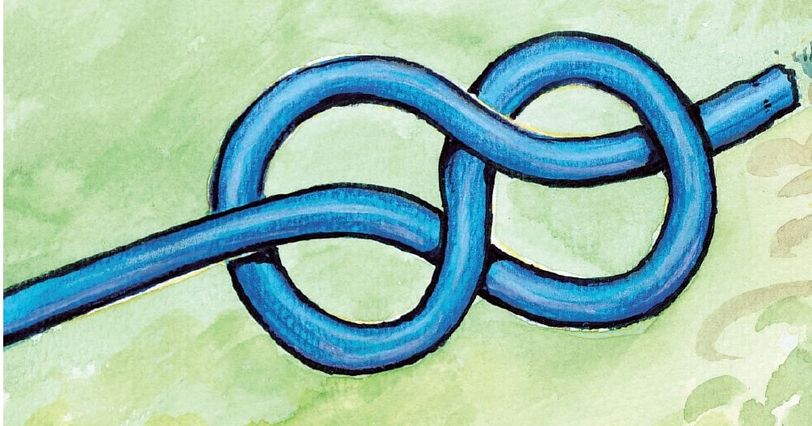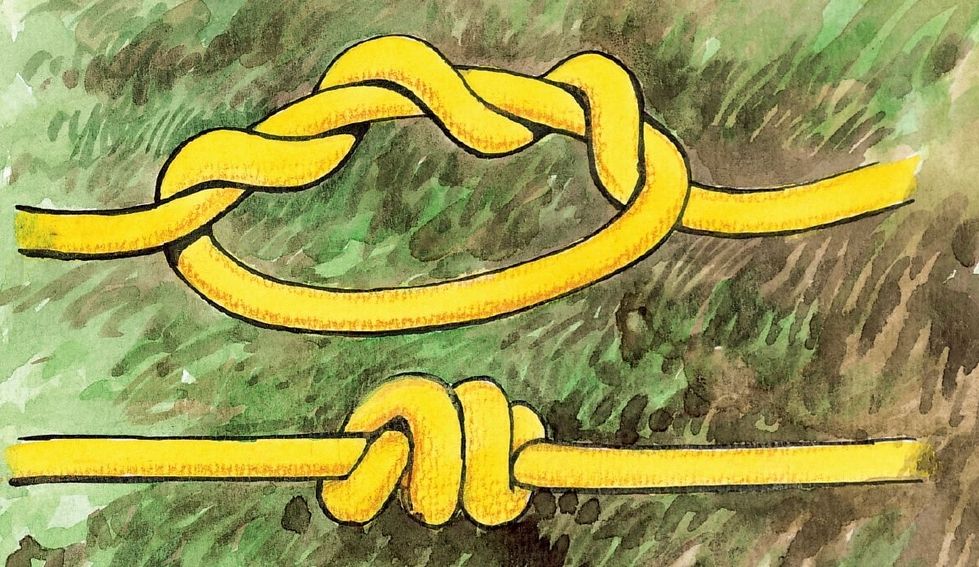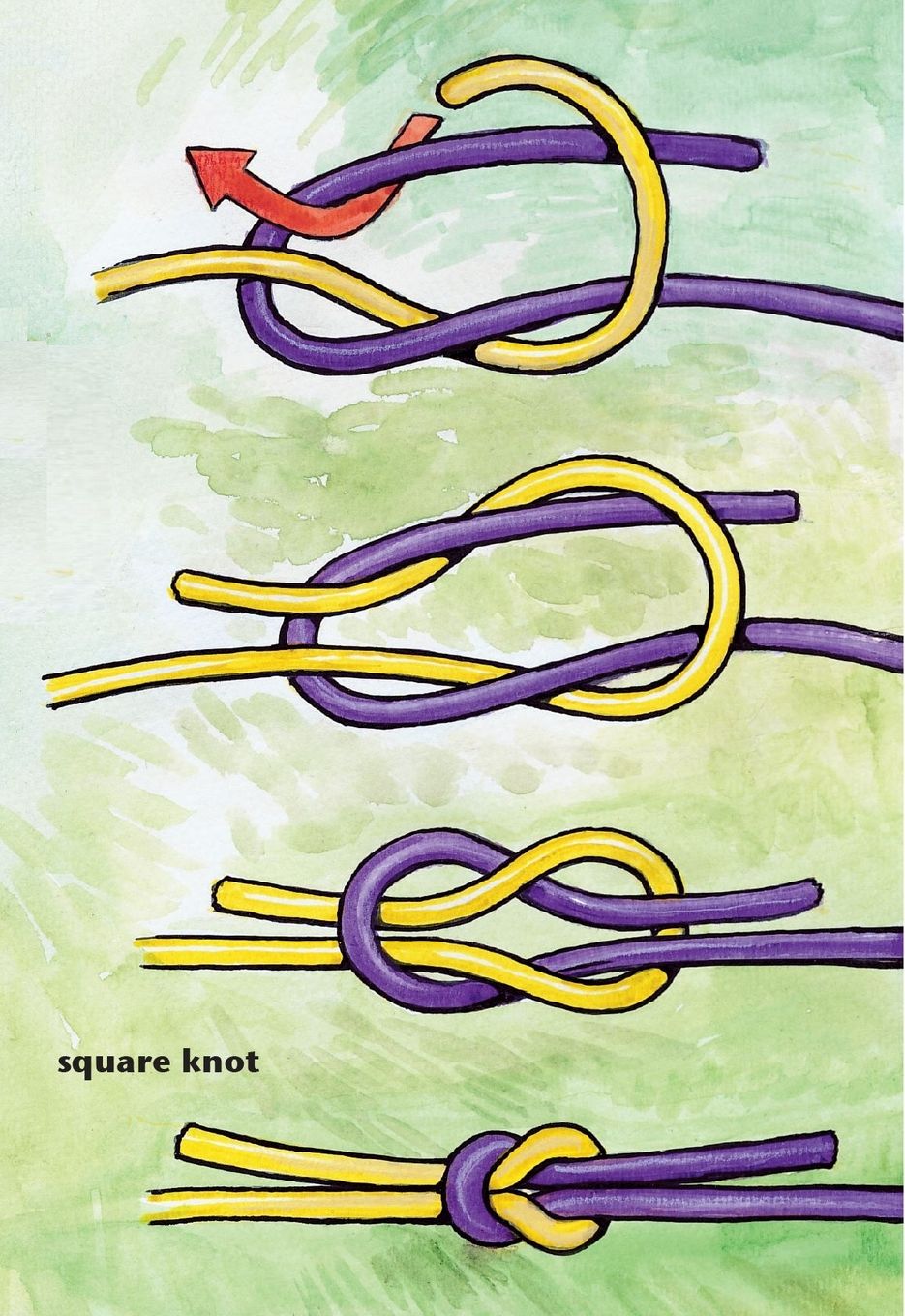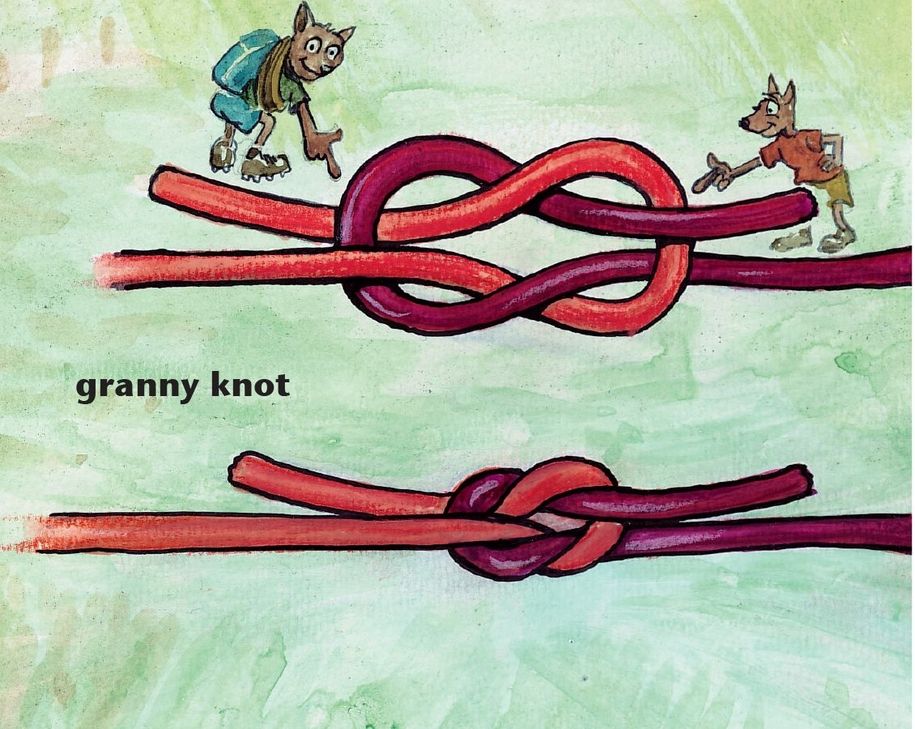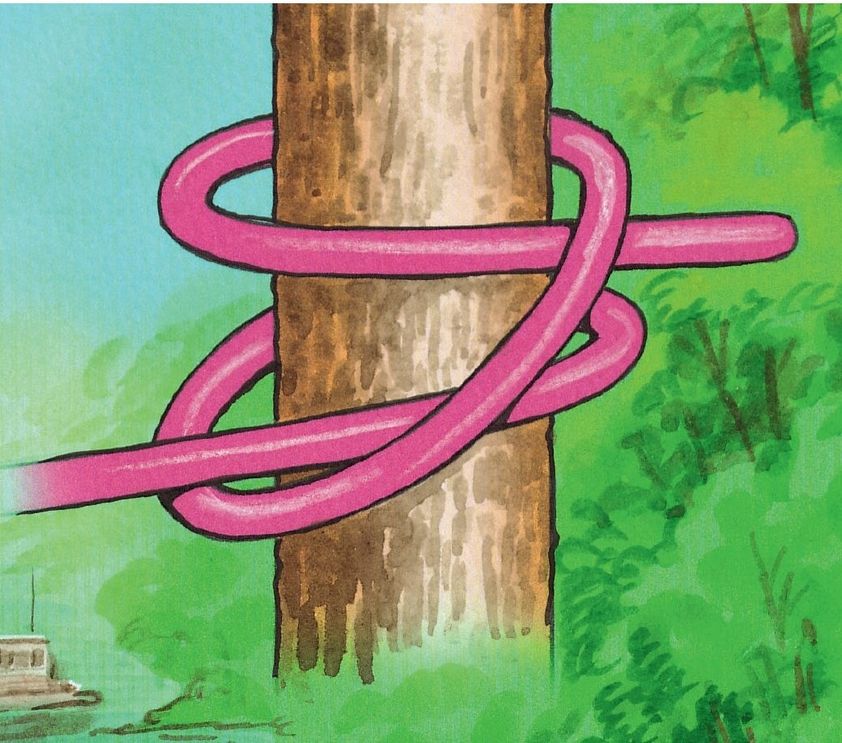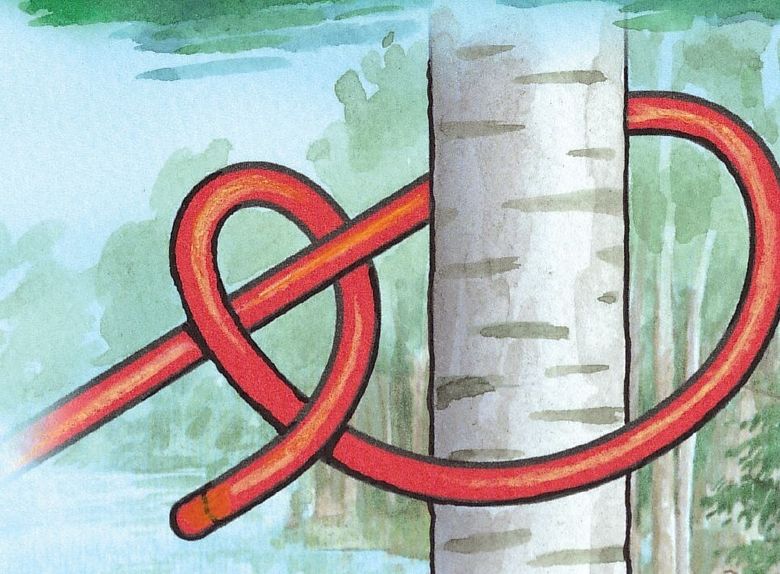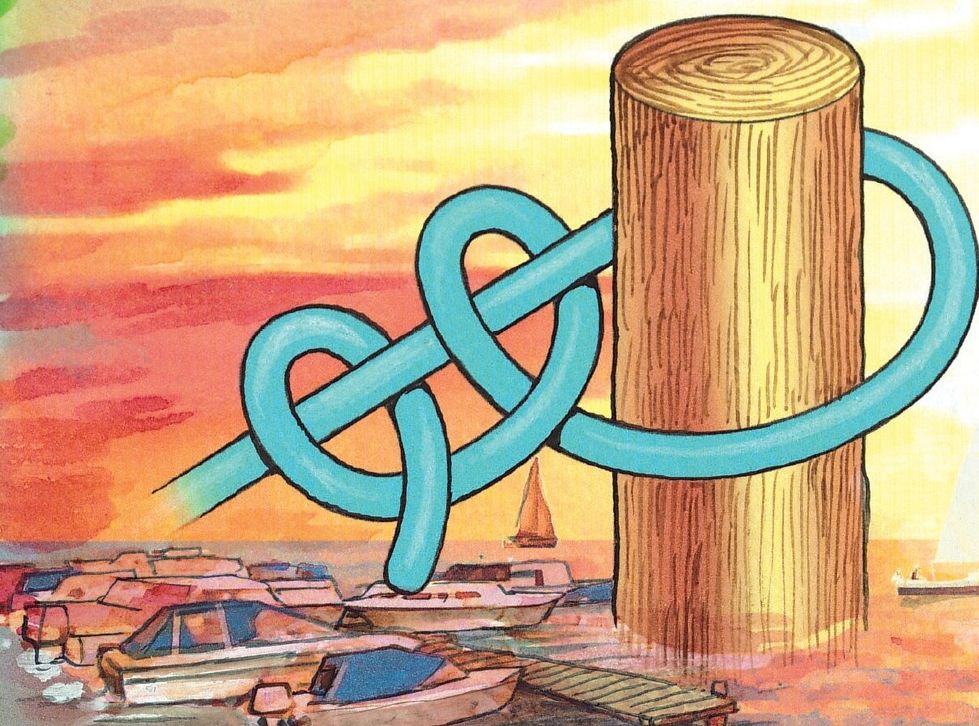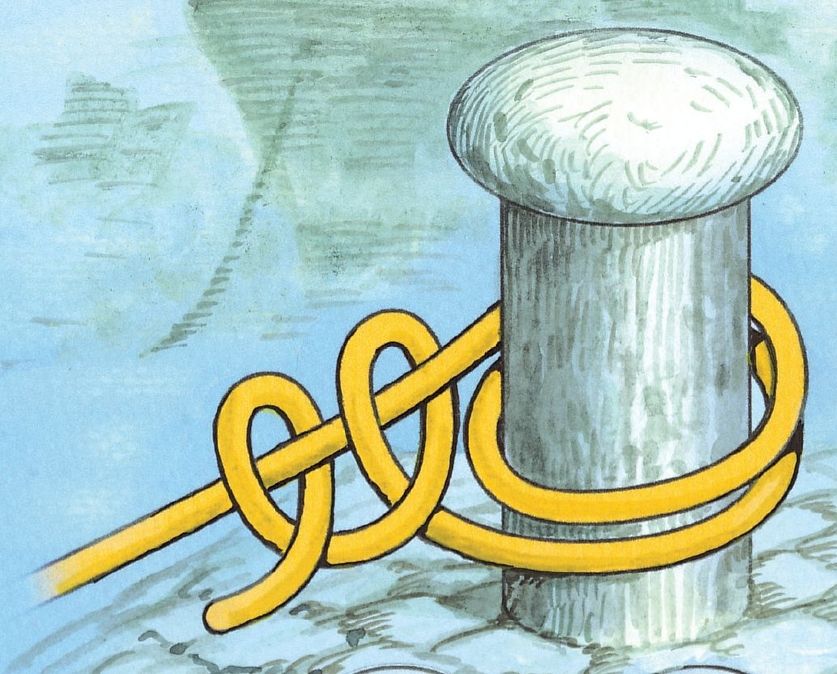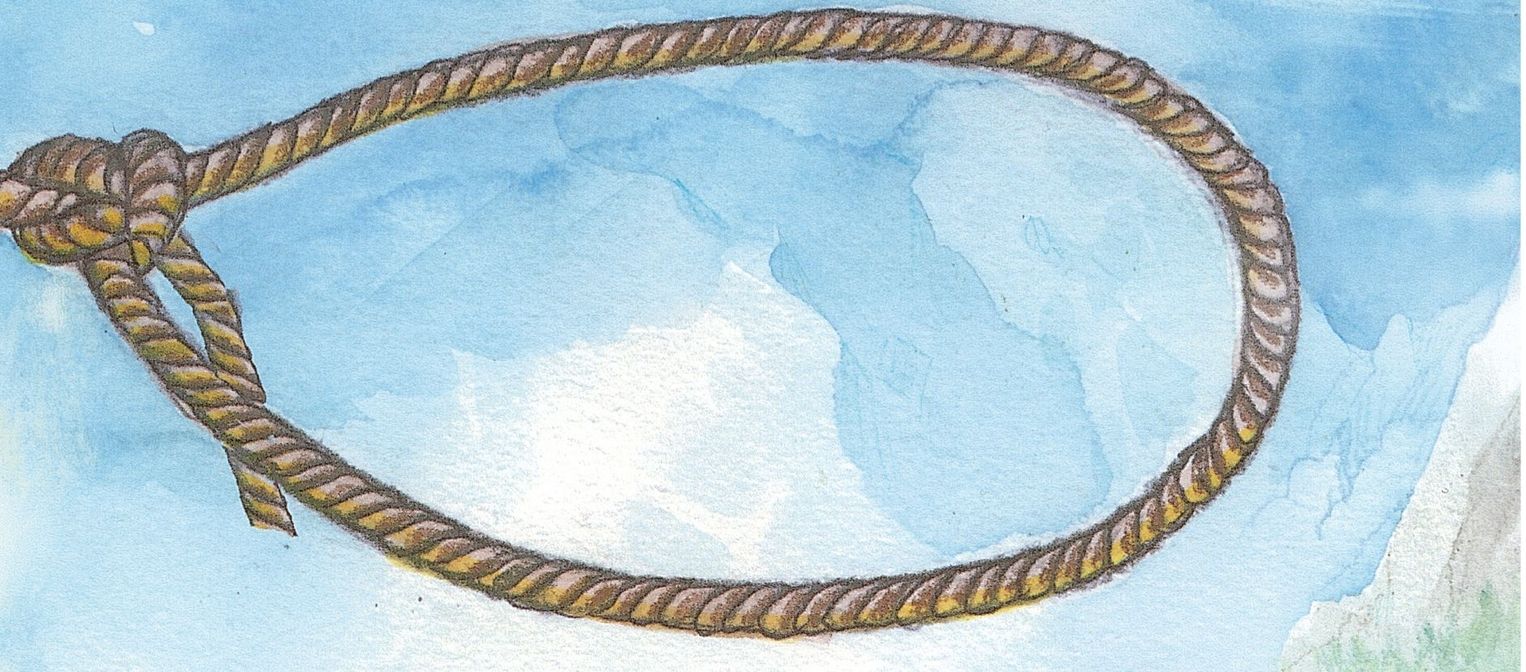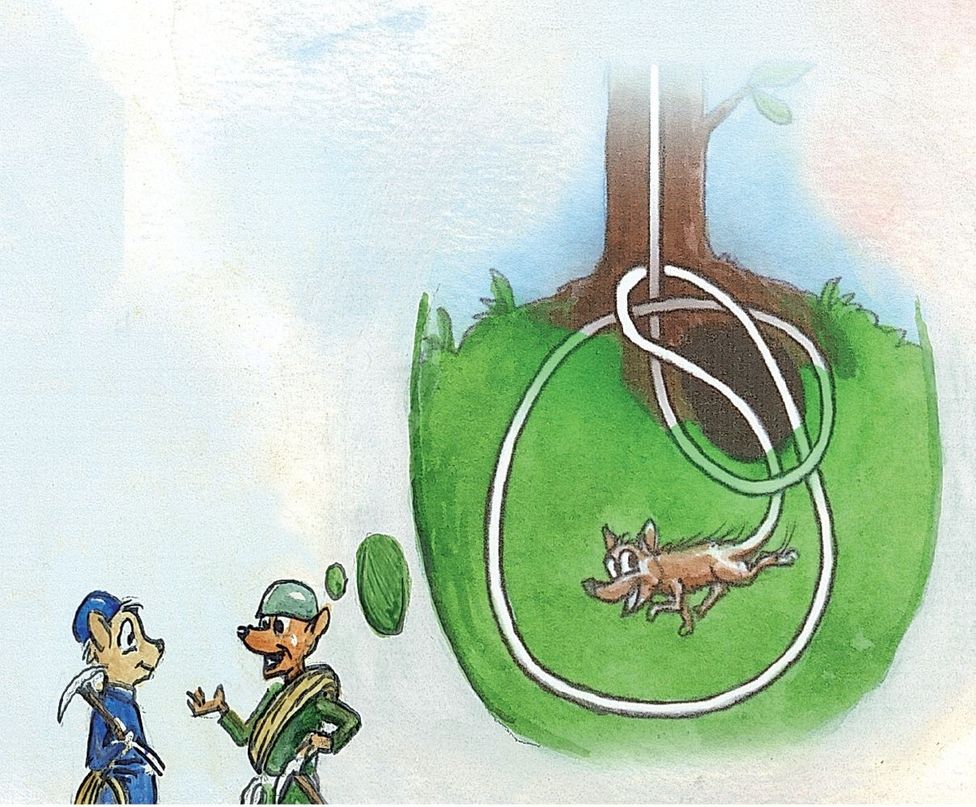Berndt Sundsten - My First Book of Knots
Here you can read online Berndt Sundsten - My First Book of Knots full text of the book (entire story) in english for free. Download pdf and epub, get meaning, cover and reviews about this ebook. year: 2009, publisher: Skyhorse Publishing, genre: Children. Description of the work, (preface) as well as reviews are available. Best literature library LitArk.com created for fans of good reading and offers a wide selection of genres:
Romance novel
Science fiction
Adventure
Detective
Science
History
Home and family
Prose
Art
Politics
Computer
Non-fiction
Religion
Business
Children
Humor
Choose a favorite category and find really read worthwhile books. Enjoy immersion in the world of imagination, feel the emotions of the characters or learn something new for yourself, make an fascinating discovery.
- Book:My First Book of Knots
- Author:
- Publisher:Skyhorse Publishing
- Genre:
- Year:2009
- Rating:5 / 5
- Favourites:Add to favourites
- Your mark:
My First Book of Knots: summary, description and annotation
We offer to read an annotation, description, summary or preface (depends on what the author of the book "My First Book of Knots" wrote himself). If you haven't found the necessary information about the book — write in the comments, we will try to find it.
Highest-rated knot tying book under $10 on Amazon. * My First Book of Knots is a landmark gift that will impact children (and craft-loving adults) with hours of fun and a lifetime of skills. Create memories and embark on the journey of knot tying together. This charming picture guidebook of knots will teach your child, grandchild, godchild, and perhaps even yourself in the valuable art of knot tying. * My First Book of Knots simplifies the craft and brings the reader into the world of knots through beautiful, detailed illustrations. Learn how to secure knots for use in outdoor activities such as fishing, camping, ranching, farming, and many more. You will learn how Santa Claus ties up his sack of presents, or how to tie a knot that will help you lift heavy objects. Each knot is illustrated step-by-step, with clear, engaging instructions. Wow your friends with a double figure eight bend, or save the day with a square knot. My First Book of Knots teaches a lifetime of useful skills.
Berndt Sundsten: author's other books
Who wrote My First Book of Knots? Find out the surname, the name of the author of the book and a list of all author's works by series.

